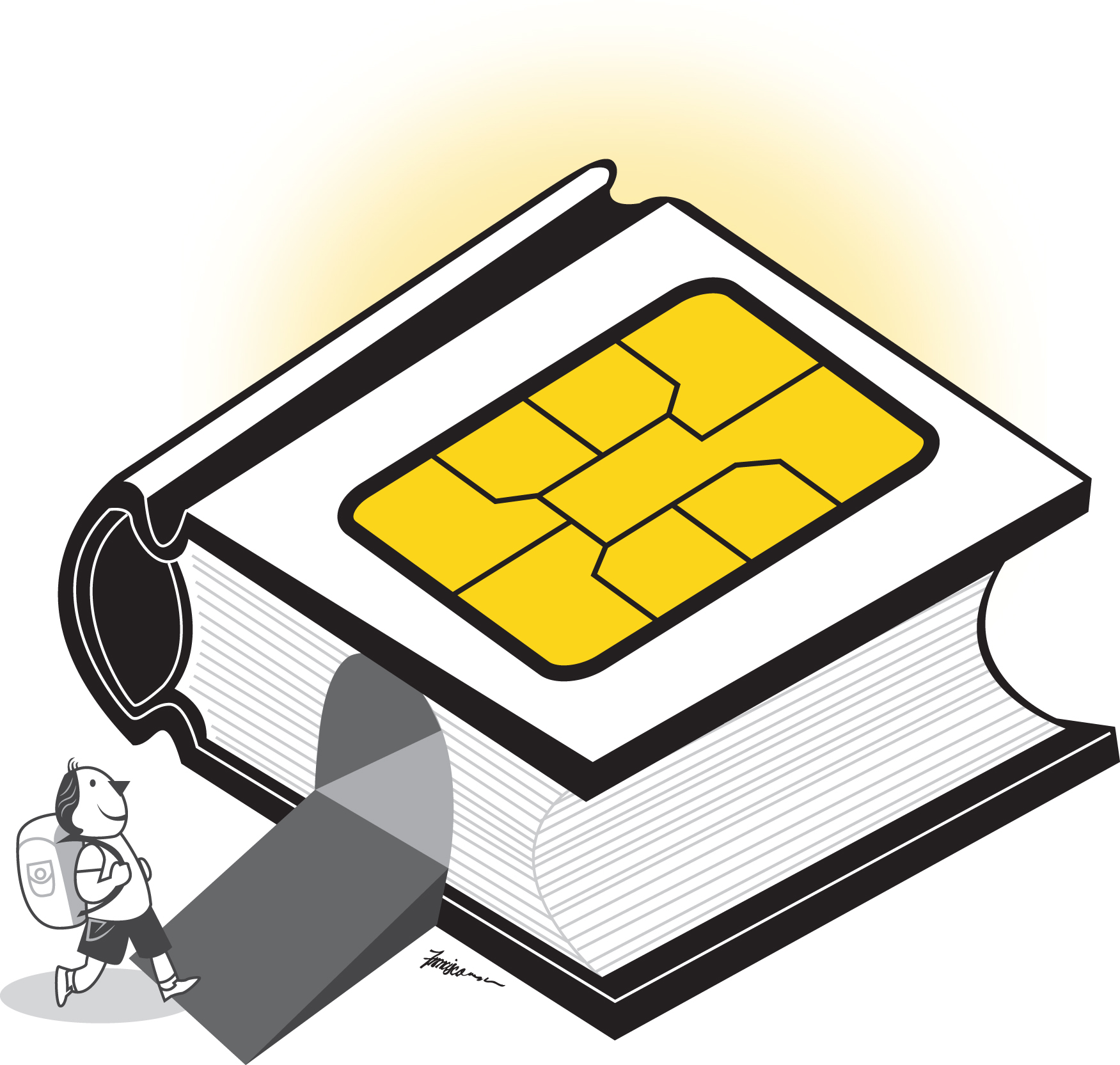The inaugural Master Plan for Information and Communication Technology (ICT), a national plan for the use of such technology in education, was launched in 1997.
At that time, Ryan's mother came to see me with a "happy problem". She lamented that her Primary 2 son insisted on coming to school even though he was sick.
Few students shy away from a day off from school, so I found out more. It turned out to be the day of the week when students linked up with their peers from an elementary school in the United States over the Internet for their shared project, called "It's a small world after all".
Ryan's eagerness to connect with students in the US through the Internet motivated him to go to school. Then, computers were rare and Internet connectivity was slow and expensive.

Today, the Internet is so widespread - nearly everyone has a mobile device - that some parents raise concerns about the use of ICT in schools.
There have since been many developments in ICT for learning. Given a problem, students can use ICT productively to direct their learning, synthesise and evaluate the validity of information, and collaborate with people from across the globe. The online community has facilitated exposure to cross-cultural thinking and other essential skills for children in the 21st century.
Many schools in Singapore are now harnessing the potential of ICT to develop 21st century skills in their students.
One of my favourite ICT-based inter-disciplinary projects was Project Hope. Primary 5 pupils in Radin Mas Primary School were tasked to build a "Shangri-La" for the elderly. They were to create a 3D virtual home for seniors and plan a weekly diet menu and activity programme.
Working in groups, the pupils did online research, and spoke to elderly relatives, neighbours and teachers. The school also invited a social worker, a nutritionist and an architect to speak to them about the needs of the elderly.
The pupils also connected with residents from a home for seniors in the US to get their suggestions for their ideal home. This was an early introduction for the pupils to communicating with people from abroad and it gave the pupils an opportunity to be creative as they adapted ideas to the local context.
The pupils also used digital art to produce mugs, mouse pads and paintings. At the end of the project, they set up booths in a few shopping malls with the help of parents and teachers and sold these items to raise funds for the Henderson Elderly Home.
Through the project, they learnt to consider the needs of others, and reach out to and care for the elderly. ICT provided the platform, enabling a meaningful and authentic learning experience for them to develop a future-ready mindset and acquire skills needed in the workplace of tomorrow.
In Yusof Ishak Secondary School, a science teacher, Ms Lin Qiuwen, has used ICT in her science inquiry lessons. Students discussed a real case of a patient with genetic heart disease by asking questions, making observations and doing research online.
Using an online collaborative platform, the students worked together to construct an explanation for the disease. Digital concept maps were used to summarise the key concepts acquired. Gaps in learning could be addressed based on misconceptions surfaced from the online discussions.
Ms Lin, who is also the subject head of ICT, said: "My students learnt to collaborate with their peers to construct knowledge. The use of technology has also allowed them to share their thinking easily."
Based on my personal experience over the last 40 years, it seems that many students, just like Ryan, are motivated and more engaged in learning when ICT is used.
I believe that ICT should be embraced as it is a very powerful tool for teaching and learning.
In this day and age, we, as parents and educators, need to keep pace with the advances in technology as learning becomes possible anywhere, any time.
It is our role to guide and set boundaries for our children in the cyberworld, just as we do in the real world. Ms Lisa Guernsey, director of the Early Education Initiative at the New America Foundation, shares the three Cs of good media use for children: the content, the context, and the child:
•Be choosy about the content that your children are looking at.
•Be aware of the context and ensure that it is balanced with activities such as outdoor play.
•Be alert to the needs of the child. Some need more limitations, while others need more face time with their parents to talk through what they see on screen.
Parent and teacher supervision are essential in ensuring appropriate content and behaviour for our young ones.
For children, discernment and responsibility may not come naturally. Sometimes, their trusting nature causes them to believe in inaccurate sources of information.
Hence, our children need to understand the cyberworld, its joys and possible pains. They need to understand and demonstrate appropriate online behaviour.
There is also a need for them to learn that there are other risks online and they need to protect themselves. The cyber well-being of our children is very much our responsibility as parents and grandparents.
Like fire, ICT is a good servant and a bad master. We need fire to cook but if left unsupervised, it can burn our house down.
So while we help our children leverage ICT to enhance their learning, we need to guide and supervise them. Let us help our children navigate and ride the rapid technological waves safely.
•Jenny Yeo was a principal for 18 years in Kheng Cheng School, Radin Mas Primary School and South View Primary School. She is a lead associate focusing on partnerships and engagement in the engagement and research division of the Ministry of Education.

